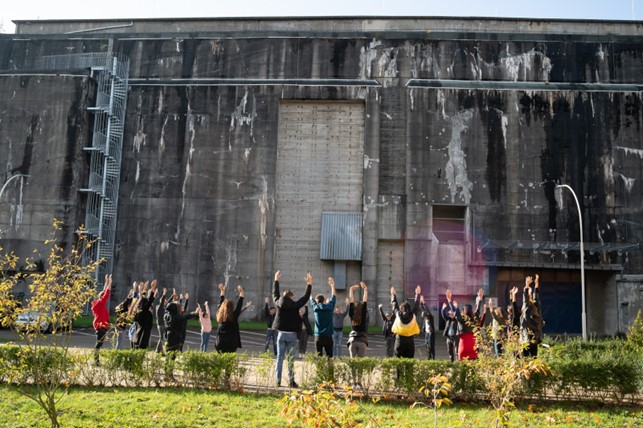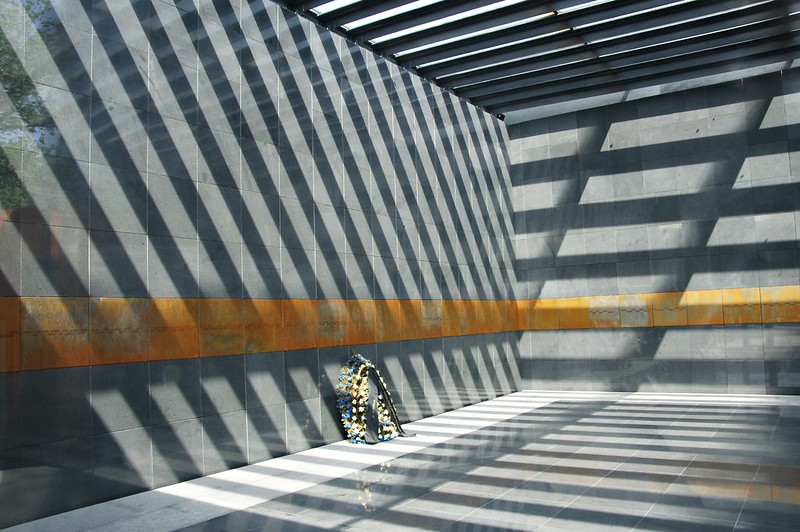A visit to a memorial site dedicated to the victims of the totalitarian regimes might be a challenging experience for students and can give rise to important questions for a teacher too: how can you prepare the students to enrich their learning process? How can you offer them a new perspective on history?
A visit to a memorial site dedicated to the victims of totalitarian regimes can be a powerful and emotional experience for students. These places often bring up difficult questions: How could such events happen? What do they mean for us today? For many students, this may be their first real encounter with history that feels personal and painful. That’s why proper preparation is so important — both for their understanding and for their emotional safety.
Before visiting a memorial site, students should learn not only about the historical facts, but also about the purpose and meaning of such places. Why are they created? What stories do they tell? What do they want us to remember — or question? Understanding how memory works in public spaces helps students approach these visits with greater awareness and empathy.
Teachers have an important role in guiding students through this process. They can help create space for open conversation, encourage curiosity, and show that asking questions is just as important as knowing answers. It’s helpful to talk about the symbolism used in monuments, the way different groups remember the past, and how emotions like sorrow, anger, or confusion are normal responses to difficult history.
“It’s not about teaching more facts before the visit. It’s about giving students tools to feel and think — to ask: Why are we remembering this? How does it affect us today?”
Christine Riesenhuber, teacher from the European School Munich
Involving different voices — such as educators working at memorial sites, artists, or people with personal or family stories — can also help students connect with the topic in a deeper way. Using creative methods, like storytelling, reflection tasks or art-based activities, can make this experience even more meaningful.
“Teachers don’t have to have all the answers. But they can help students ask better questions and listen to different voices — that’s already a huge step.”
Evelyn Steinthaler, educator at Mauthausen Memorial
With the right approach, a visit to a memorial site can become not only a history lesson, but also a valuable step in developing empathy, critical thinking, and civic awareness. Read some our guidelines:
Preparing the Visit
- Please write a letter to parents asking for their support and encouraging them to talk with their children about the upcoming visit.
- Set clear rules regarding the use of phones and taking selfies. Ask students why they want to take photos: to remember, to share, or because the moment feels important. This can help them reflect on the meaning of photography in such places.
- Allow students to have some time on their own during the visit, while making sure an adult is nearby and available if needed.
- Give students the option to skip parts of the visit if it becomes emotionally overwhelming.
After the Visit
- Plan a follow-up meeting for all participants. This helps ensure that students are not left alone with their emotions and that the experience is processed and not internalized in silence.
- Create space for questions. Emphasize that all questions are valid and welcome, including private one-on-one conversations outside the group setting.


The educational materials in this lesson include:
- recordings from the online talks ‘Preparing students for a visit to a memorial site’ – discussion between a history teacher and a memory place educator
- a multimedia presentation on Holodomor to discover how the Great Famine in Ukraine is presented in public spaces. Using this presentation as a template, students might also analyze memory sites in their local communities.
- a set of teaching resources about 4 memorial sites.












